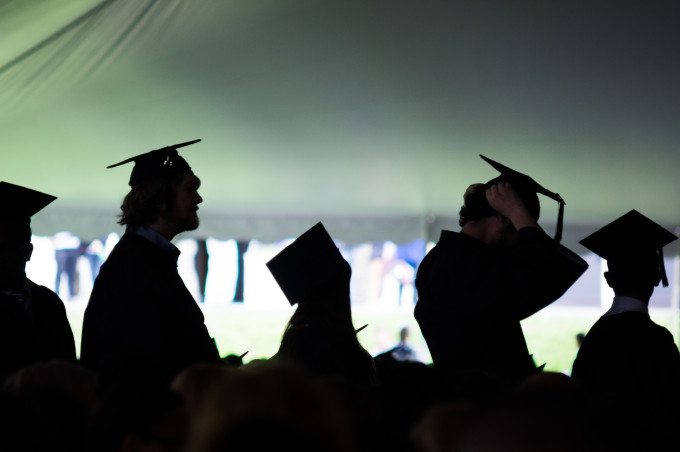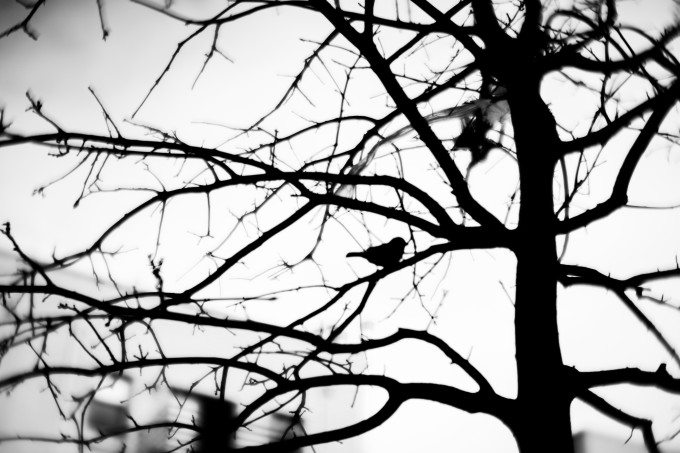From a technical standpoint, silhouettes are essentially about three things: high contrast, careful compositions and shapes. Good silhouette photos give you a hint of what something is, but they don’t tell you exactly what the subject is. You can liken them to things like sketches and drawings in pencil–but in the end they are photos. Silhouettes can be done in color or black and white–but by far some of the very best are done in black and white.
Here’s how to get better silhouette photos.
High Contrast (Blow Out the Highlights)

The best way to create better silhouette photos is to create high contrast in your scenes. What high contrast means is including the brightest of brights and the darkest of darks. No, it’s not an HDR photo, instead it kills lots of the details and completely blows out the highlights while also crushing the shadows.
For the record, they’re pretty much impossible to do in camera but a good start is with either heavy underexposure or heavy overexposure. Generally, we go for the former. After this, you can push the highlights into a bright white area while the shadows can be brought down.
Emphasis on Shapes
When shooting the scene, get a better idea of the shapes that are in said scene–and this starts by looking at it in camera. These shapes are pretty much all that people are going to see in the final image because the subject will be all blacked out while everything else will be very much in white.
To be fair, there are color silhouettes that sometimes have details of other subjects in the photo besides the main one. However, this requires lots of underexposure and still should have interesting shapes to make the photo better overall.
Careful Compositional Elements
The last big part of a successful silhouette image involves very careful composition in your scenes. Yes, there’s the rule of thirds but also how the shapes and overall scene work together. You’ll need to make sure that the background or other elements in the scene tell you a bit about what exactly you’re looking at. For example, if someone is in front of the Taj Mahal in India but shrouded in the shadows, then it would make sense to ensure that details like the famous structure and other people are involved. But with black and white, much of that can go out the window depending on the scene.


